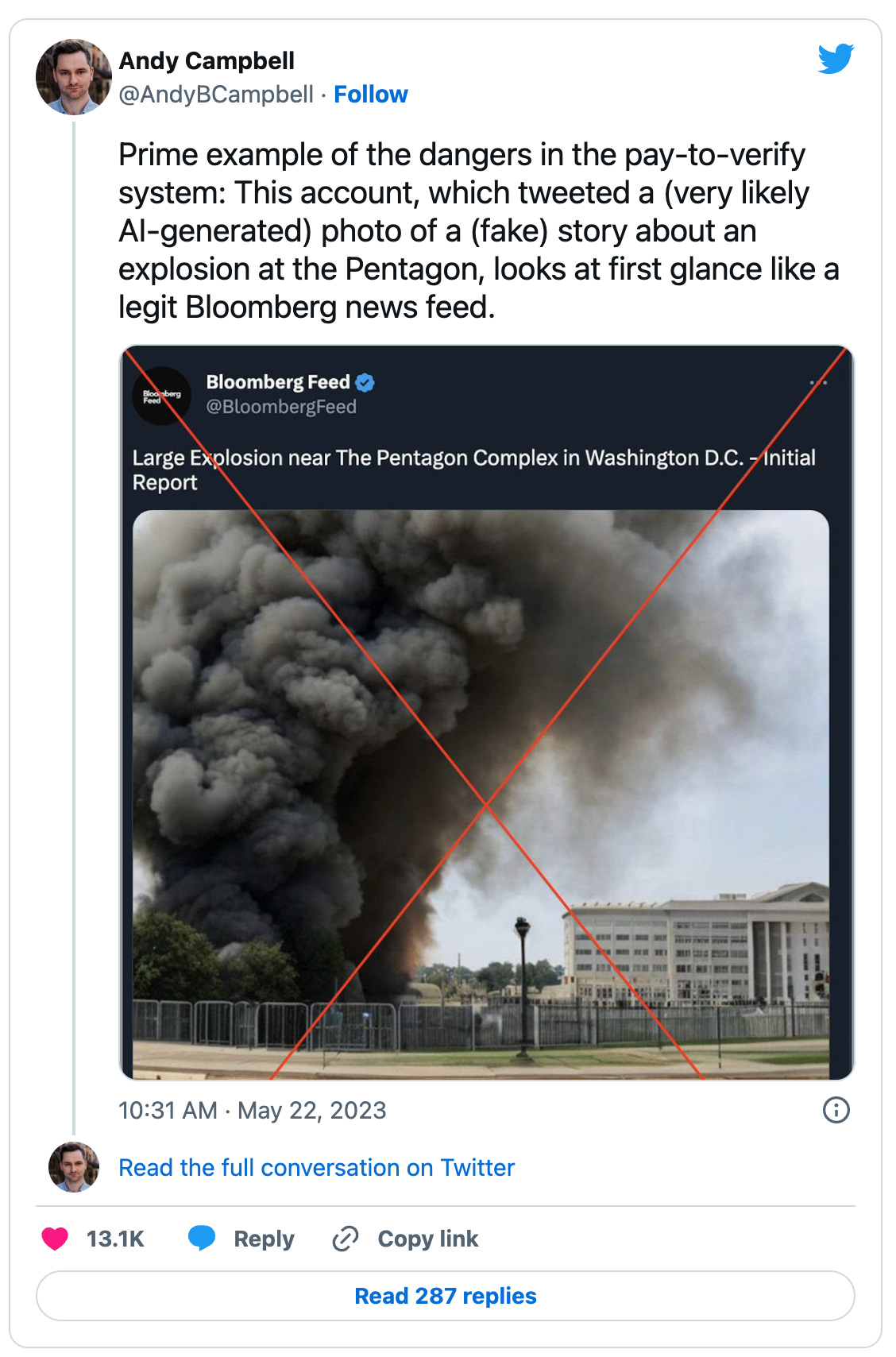News Literacy
Whether you get your news through social media channels or more traditional newspapers or television venues, today's news cycle is stressful. It is designed to give a sense of urgency and to play on your emotions, so you stay engaged longer. While there are a handful of exceptions, it is important to understand that most news outlets—in whatever form they take and throughout history—are businesses who need readers to survive.
It's easy to become overwhelmed and just ignore the news altogether, but you have a responsibility as a citizen to stay informed with what's happening in the world. News sources are also an important research tool. Journalists are often the first to witness and report on an event, the first to conduct interviews with those involved in a story, and the first to provide thoughtful analysis on a topic.
Here are some tips that will help you become a smarter news consumer and researcher:
1. Ask strategic questions
- What information do I need from the news specifically?
- Given that, what types of stories should I prioritize and why?
- What is the best way to get that information (print, TV, social media, and so forth)?
- When is the best time for me to engage and for how long?
- Are there any news habits I need to update or stop given these priorities?
- Where are my emotions being drained? Is it because the news is challenging my worldview, or am I being manipulated by this coverage?
2. Cultivate your skepticism
When you are presented with a new piece of information through a news story, think to yourself: “This may be true, but it also may be false. This kind of healthy skepticism does not mean you’re dismissing everything as false — it simply means remembering the things you read could be false, but they could also be true … or they could be something in between.
3. Look for macro patterns
Another way the news keeps us engaged is by reporting on the surprising, interesting, and threatening. After all, if it were the same old, same old, then it wouldn’t be news. However, because of how our minds prioritize negative information, our view of reality can be distorted if we conclude that one-off incidents are representative of macro trends.
Take airplane crashes. Many people are afraid to fly because of the awful stories they read of such incidents. But crashes are as rare as they are dramatic. The macro reality is that commercial flight is incredibly safe. Today, the annual global death rate is one death per 7.9 million passengers (compared to 170 deaths per million drivers in the U.S. alone). It is clearly much more dangerous to drive, yet fewer people express a fear of driving.
4. Suss out root causes and proximate outcomes
Similarly, frequent reporting of certain outcomes can blind us to the root causes of events. For example, many Americans credit (or blame) the president for the country’s economic performance. However, presidents have little control over the economy for a variety of reasons. Typically, the policies a president advocates for or implements doesn’t bring about instant change. In actuality, federal government spending is a modest portion of the economy, and no country’s government (to say nothing of a single branch of one government) can control global trends.
Dig deeper into the reasons why something happened rather than assuming blame falls on the most convenient target.
5. Recognize the difference between correlation and causation
If you see an article or a post that claims “the number of individuals diagnosed with autism and ADHD have increased rapidly in the last two years,” remember that just because two things increase simultaneously, it does not mean that they are causally linked to each other. Correlation does not equal causality. Keep this in mind when thinking about our world.
6. Look for further evidence
When evaluating a claim, ask, Can the sources be traced? Are they reliable? Is the conclusion based on a rational evaluation of the information? And you should try to consider all of the research on a topic. For instance, if there is one study claiming that drinking kombucha tea is just as good for your health as going to the gym, this finding may not be all that relevant if it's the only study on the subject or there are other studies showing the opposite. If you are not sure where to find additional research on a topic, you can always ask a librarian.
7. Expand your worldview
It is good to read or consult multiple news sources—especially when conducting research on a topic. For Americans, that means looking abroad to see how other countries report on or express opinions on stories that are close to home.
You should also look for news sources that prioritize fair, objective, facts-based reporting, such as Reuters or the Associated Press.
(Sources: 5 rules for how to read the news—The Big Think way. (2023, August 16). Big Think. https://bigthink.com/the-learning-curve/5-rules-read-news-big-think-way/ and How to read the news like a scientist. (2019, March 22). Ideas.Ted.Com. https://ideas.ted.com/how-to-read-the-news-like-a-scientist/)
News Literacy in the Age of AI
Chatbots, like ChatGPT, are built on generative artificial intelligence technologies — a set of algorithms that can “generate” content based on a large dataset. While generative AI is useful for automating mundane tasks or improving your online searches, it has also been used to create and spread misinformation and disinformation at an increasing rate.

Don't be fooled. Question and verify the news stories or posts you see and their sources. For more information, check out the News literacy project.
